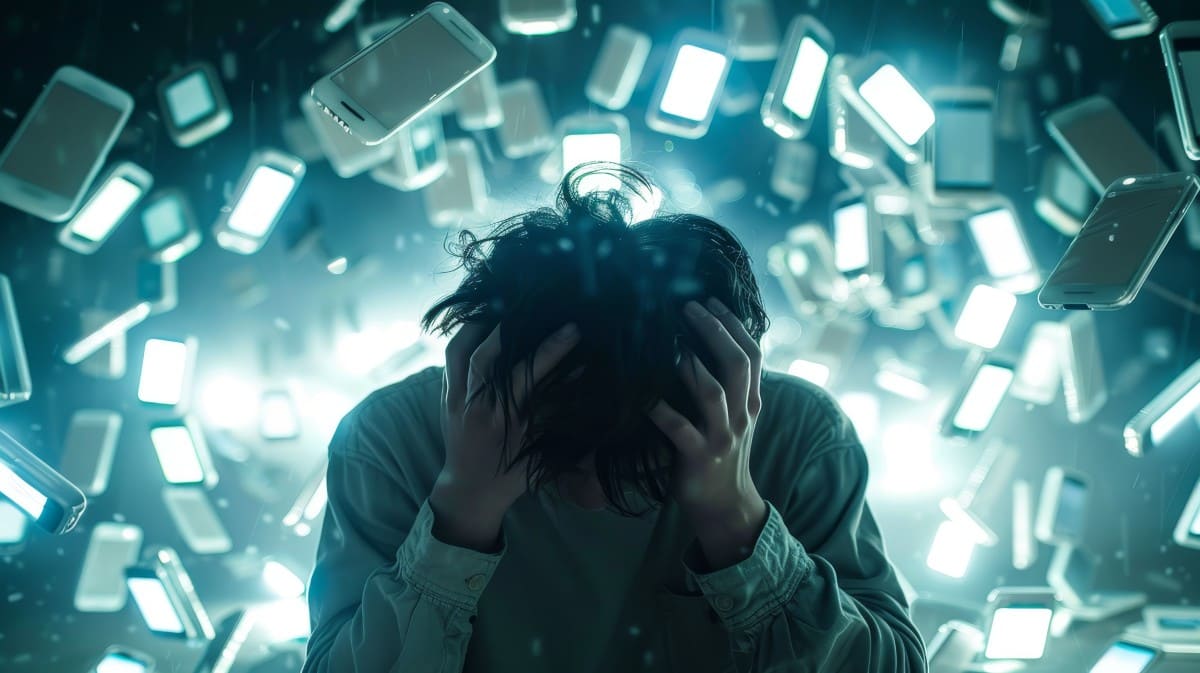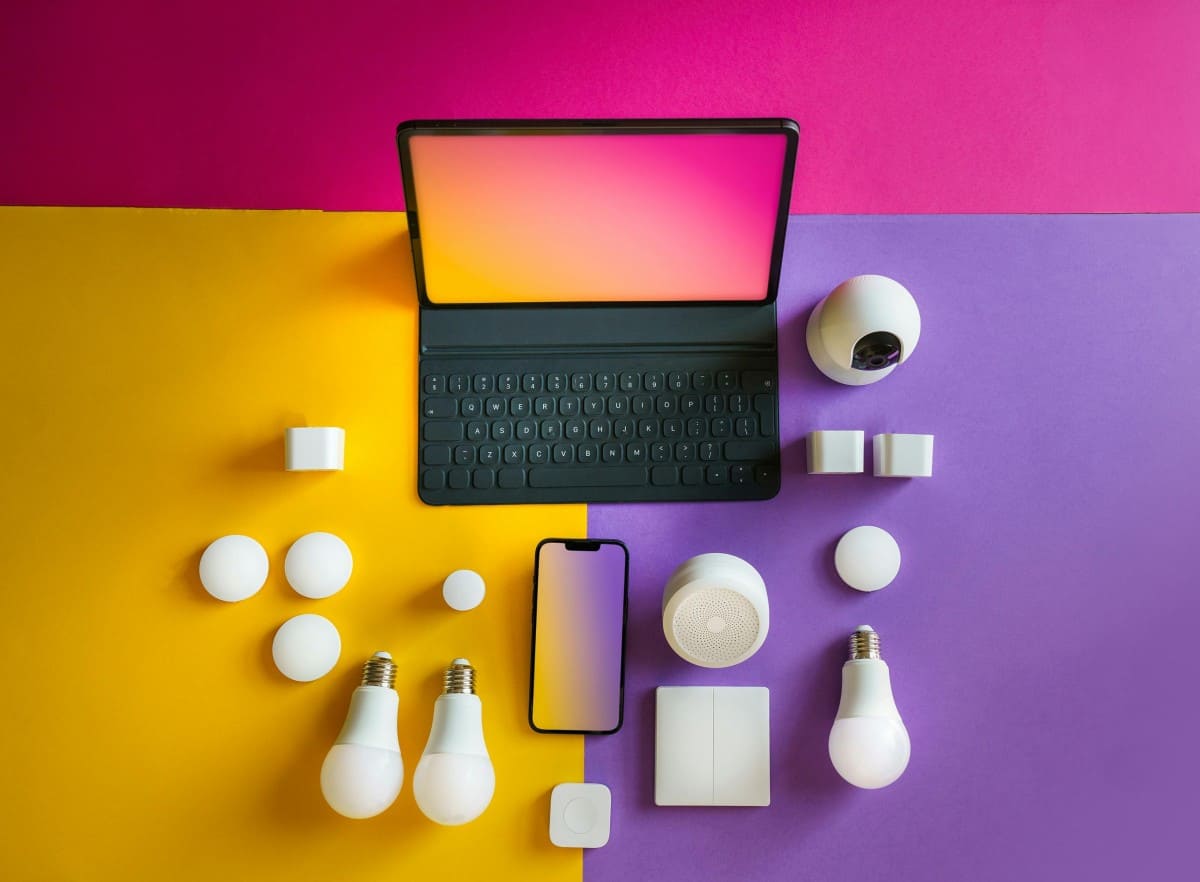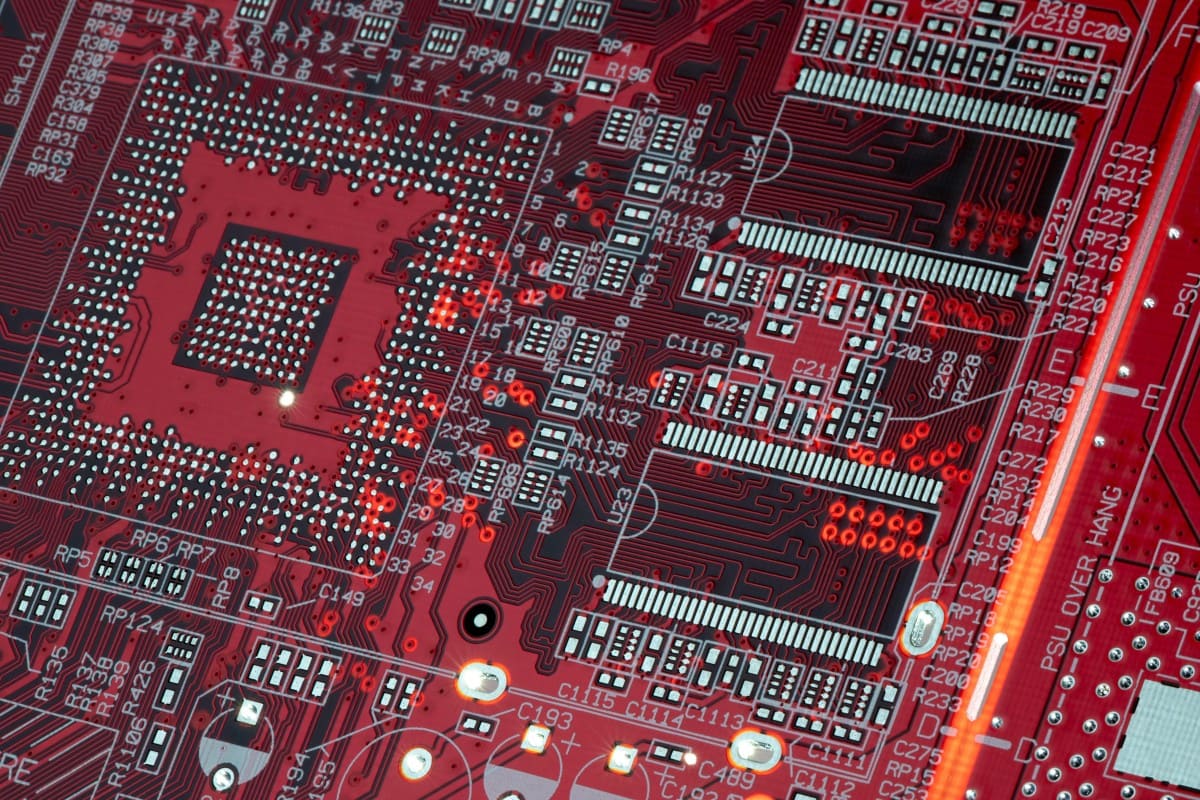Now Reading: Digital Burnout Is Real: How Dopamine Detox Can Help You Reclaim Your Focus in 2025
- 01
Digital Burnout Is Real: How Dopamine Detox Can Help You Reclaim Your Focus in 2025
Digital Burnout Is Real: How Dopamine Detox Can Help You Reclaim Your Focus in 2025

Digital burnout is becoming increasingly common in 2025, with endless notifications, social media scrolling, and screen time taking a toll on focus and mental health. Discover how a dopamine detox can help reset your brain’s reward system, reduce anxiety, and restore productivity. Featuring real user stories, case studies, and a step-by-step plan, this guide shows you how to reclaim control over your digital life and enjoy a calmer, more focused lifestyle.
Introduction
In today’s hyper-connected world, our lives revolve around screens. From the moment we wake up to the minute we fall asleep, digital devices demand our attention — work emails, social media notifications, streaming apps, online shopping, and a never-ending stream of information. While technology has made life incredibly convenient, it has also created a silent epidemic that’s stealing our time, focus, and mental peace: digital burnout.
Digital burnout isn’t just fatigue — it’s a deep, chronic exhaustion that stems from constant screen exposure and digital stimulation. In 2025, the phenomenon has become so common that many professionals, students, and even teenagers are struggling to concentrate, rest, and feel joy in everyday life. The culprit? Our brain’s reward chemical — dopamine — and its relationship with instant gratification.
A growing solution to this modern problem is something called a dopamine detox. This technique helps you reset your brain, regain control over your attention, and rebuild your focus in a world designed to distract you. Let’s explore what digital burnout really means, how dopamine plays a role, and how you can use a dopamine detox to reclaim your focus this year.
What Is Digital Burnout?
Digital burnout is a state of emotional, mental, and physical exhaustion caused by prolonged exposure to digital screens and constant online engagement. It goes beyond just feeling tired — it’s the result of an overstimulated mind that never gets a chance to rest.
Common symptoms of digital burnout include:
Constant fatigue, even after sleep
Difficulty focusing on one task
Increased anxiety or irritability
Headaches and eye strain
Loss of motivation or interest in work
Poor sleep quality due to late-night screen use
If you’ve ever caught yourself mindlessly scrolling social media, jumping from one app to another, or feeling anxious when you’re away from your phone, you’ve likely experienced the early signs of digital burnout.
In a world where we’re expected to multitask and stay online 24/7, the brain is overloaded with constant notifications and dopamine spikes — leading to exhaustion and loss of focus.
The Role of Dopamine: Why You Can’t Stop Checking Your Phone
To understand why we feel burnt out, we need to understand dopamine — a neurotransmitter responsible for motivation, pleasure, and reward. Every time you receive a like, watch a short video, or get a notification, your brain releases a small burst of dopamine.
These small doses make you feel good for a moment, but over time, the brain starts craving more frequent stimulation to feel satisfied. This leads to dopamine overload — where natural, slow rewards (like reading, exercising, or working on a project) feel boring compared to the instant gratification of digital media.
The cycle looks like this:
You feel bored or stressed.
You reach for your phone.
You get a dopamine spike from something new or exciting.
The feeling fades, and you seek another hit.
The brain adapts, needing more stimulation to feel the same reward.
Eventually, this cycle reduces your ability to focus, stay motivated, and find pleasure in real-world activities — the core symptoms of digital burnout.
What Is a Dopamine Detox?
A dopamine detox is a structured period where you intentionally limit your exposure to high-stimulation activities — such as social media, online gaming, streaming, or excessive phone use — to help your brain reset its reward system.
It’s not about “removing dopamine” (which isn’t possible or healthy) but about retraining your brain to enjoy slower, more meaningful experiences.
During a dopamine detox, you avoid instant gratification triggers and engage in simple, offline activities like:
Reading a physical book
Going for a walk
Writing in a journal
Meditating or reflecting
Spending time in nature
Practicing hobbies that don’t involve screens
The purpose is to lower overstimulation so your brain can recalibrate, allowing natural rewards to feel fulfilling again.

Real User Story: Ananya’s Journey from Burnout to Balance
Ananya, a 28-year-old product manager from Mumbai, used to start and end her day with a phone in her hand. Her mornings began with notifications from work, followed by Instagram scrolling, and nights ended with YouTube videos she didn’t even remember watching.
At first, it seemed harmless — “just a few minutes to unwind.” But soon, she began experiencing anxiety, restlessness, and chronic fatigue. Her focus at work declined, and even weekends didn’t feel relaxing anymore.
One day, after missing a project deadline because she couldn’t concentrate, she decided to try a dopamine detox. Her plan was simple:
- No phone after 8:30 p.m.
- One hour of screen-free morning routine
- Social media access limited to 30 minutes a day
- Daily 20-minute walk without music or podcasts
By day three, she noticed better sleep. By the end of the week, her focus improved, and she felt calmer. After 21 days, Ananya said she no longer felt the “urge to check her phone every minute.” Her productivity increased, and she finally felt in control again.
Her story mirrors what many digital professionals are realizing — the more you step back from instant stimulation, the more your brain starts to function at its natural, healthy rhythm.
Case Study: The Impact of High Screen Time on Focus and Mental Health
Let’s look at a broader perspective. A study conducted among high school and college students between 2022 and 2024 revealed a worrying trend: individuals with more than four hours of non-work screen time per day showed higher levels of anxiety, attention problems, and sleep issues than those with less than two hours.
This isn’t just about teenagers. Adults working remotely or in tech-heavy industries are showing similar signs — difficulty disconnecting, poor concentration, irritability, and emotional exhaustion.
The takeaway is simple: our brains weren’t designed to process thousands of digital stimuli daily. Overexposure dulls attention, reduces memory retention, and increases stress levels — all leading to digital burnout.
How Dopamine Detox Restores Focus
When you practice dopamine detox, your brain gradually returns to its natural rhythm of reward and satisfaction. Here’s how it helps:
1. Reduces Mental Clutter
By cutting down unnecessary screen exposure, your brain processes less information, allowing more clarity and calm.
2. Improves Sleep Quality
Avoiding screens before bedtime helps your brain release melatonin naturally, leading to deeper sleep and improved cognitive function.
3. Rebuilds Attention Span
Without constant digital stimulation, your attention span gradually expands, allowing you to focus longer on meaningful tasks.
4. Lowers Anxiety and Stress
Fewer notifications and digital triggers mean fewer cortisol spikes — reducing restlessness and anxiety.
5. Boosts Real-Life Joy
Simple pleasures — a conversation, a walk, a hobby — begin to feel rewarding again. You start enjoying life without needing a constant digital fix.
Creating Your Personal Dopamine Detox Plan
A dopamine detox doesn’t mean abandoning technology — it’s about using it mindfully. Here’s a step-by-step approach to get started:
Step 1: Identify Your Digital Triggers
Write down which apps or activities drain your time and energy the most — social media, gaming, streaming, or online shopping.
Step 2: Set Clear Boundaries
Decide on limits that fit your lifestyle, such as:
- “No phone after 9 p.m.”
- “Social media only once a day.”
- “One screen-free meal daily.”
Step 3: Replace, Don’t Remove
Replace screen habits with rewarding offline activities:
- Morning journaling instead of scrolling
- Outdoor walk instead of watching videos
- Reading or painting instead of binge-watching
Step 4: Use Technology Wisely
Enable “Do Not Disturb” mode, turn off non-essential notifications, or use digital well-being features on your phone to monitor usage.
Step 5: Reflect and Reinforce
After a week, reflect on your progress. Did your focus improve? Did your anxiety drop? Gradual, consistent practice leads to sustainable results.
Common Mistakes People Make During a Dopamine Detox
- Going Cold Turkey Too Fast – Sudden withdrawal can cause stress or boredom. Start gradually.
- Expecting Instant Results – It takes at least a few days to notice genuine improvements.
- Not Planning Replacement Activities – If you don’t fill the digital gap, boredom will pull you back to screens.
- All-or-Nothing Thinking – Missing one rule doesn’t mean failure. Progress matters more than perfection.
- Ignoring Sleep and Nutrition – Digital detox works best when paired with good rest, hydration, and balanced meals.
10 Frequently Asked Questions (FAQs) About Dopamine Detox
1. What exactly is dopamine detox?
It’s a temporary break from high-stimulation activities like social media or video streaming to reset your brain’s reward system and improve focus.
2. How long should I do a dopamine detox?
Start with 24 hours and extend to a week or more, depending on your comfort. The key is consistency, not duration.
3. Can I use my phone for work during a detox?
Yes. Limit only non-essential screen use — social media, gaming, or entertainment — not professional tasks.
4. Does dopamine detox cure anxiety or depression?
It can reduce anxiety symptoms, but it’s not a cure. For deeper issues, seek professional help alongside healthy digital habits.
5. Is dopamine detox scientifically proven?
While the term itself is modern, the principles — mindfulness, controlled stimulation, and rest — are supported by neuroscience and psychology.
6. What are signs I need a digital detox?
You feel restless without your phone, struggle to focus, have poor sleep, or spend hours online without realizing it.
7. Can children or teenagers try dopamine detox?
Yes, with parental guidance. Limit recreational screen time and encourage outdoor or creative play.
8. How do I stay consistent with detox habits?
Schedule tech-free times, use accountability apps, and replace screen time with fulfilling offline routines.
9. Will I lose productivity if I use my phone less?
Quite the opposite — many people report higher efficiency and deeper focus after reducing distractions.
10. What’s the best time to start a dopamine detox?
Now. Even a few hours of intentional disconnection can bring noticeable calm and clarity.
The Future of Focus: Balancing Digital Life in 2025
As technology continues to evolve, finding balance between connectivity and calm will become a defining skill of our generation. Digital burnout is not just a buzzword — it’s a signal that our brains are asking for rest.
A dopamine detox isn’t about rejecting technology; it’s about reclaiming control over how you use it. By being mindful, setting boundaries, and allowing space for silence and reflection, you can rebuild your focus, creativity, and peace of mind.
Conclusion
In 2025, success isn’t just about staying online — it’s about knowing when to disconnect. The more time you give your brain to reset, the sharper and calmer it becomes.
If you often feel overwhelmed, distracted, or mentally drained, your brain might not need more motivation — it might simply need less noise. Start small, stay consistent, and let your mind rediscover the joy of being present.
Your focus is your most valuable asset. Protect it, nurture it, and every once in a while — detox your dopamine.















